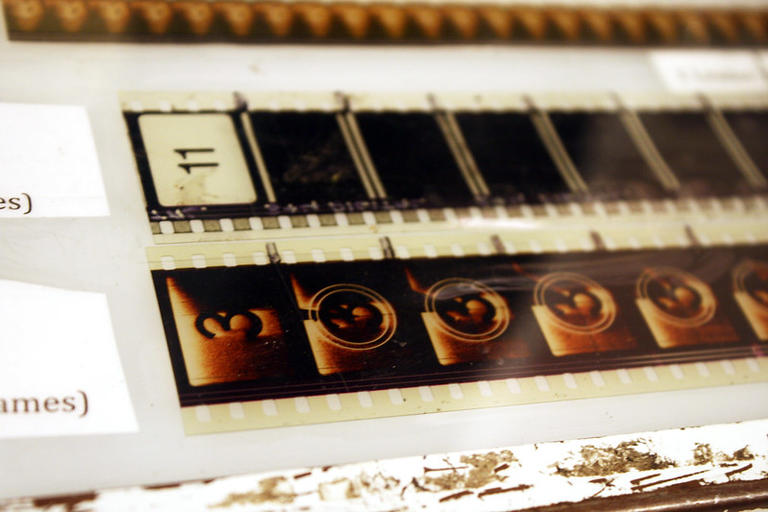Resources from Film Workshops at BAMPFA
Consider the importance of moving images in the lives of today's students. Between TV, film, and social media, the moving image is an indispensible part of learning and communicating information (and mis-information). How do film-makers convey their ideas and generate particular responses in film-viewers? What strategies can educators use to teach skills of critical film viewing and analysis? How to Read a Film introduced educators to techniques for the interpretation and analysis of film. Participants were exposed to films from around the world, while learning ways to engage students and teach core academic skills.
How to Read a Film workshops ran about 3 hours and were built around the program of offerings at UC Berkeley's Pacific Film Archive. In consultation with curators at the PFA, ORIAS selects films from the PFA program. Films are selected based on a combination of criteria: film-making techniques, social and historical context, and availability, among other factors.
Each workshop included:
- a pre-viewing discussion to introduce the historical and social context for the film, along with one or two relevant film-making techniques and guiding questions to focus viewers' attention
- film viewing in the PFA theater, including a film introduction by the curator and/or a guest scholar
- a post-viewing discussion to interpret and analyze the film
Participants received electronic copies of pre-viewing information and links to access the film for classroom use (if available).
How to Read a Film workshops ran at the Berkeley Art Museum and Pacific Film Archive (BAMPFA).

